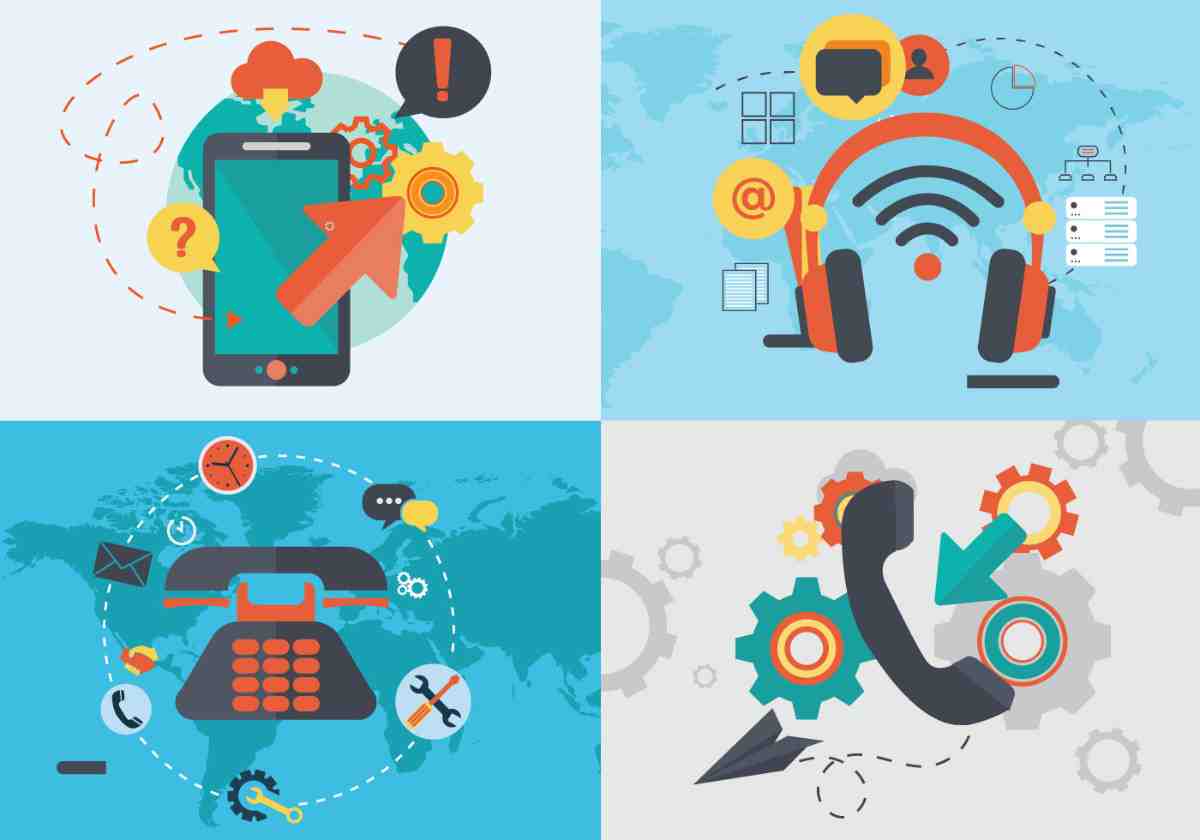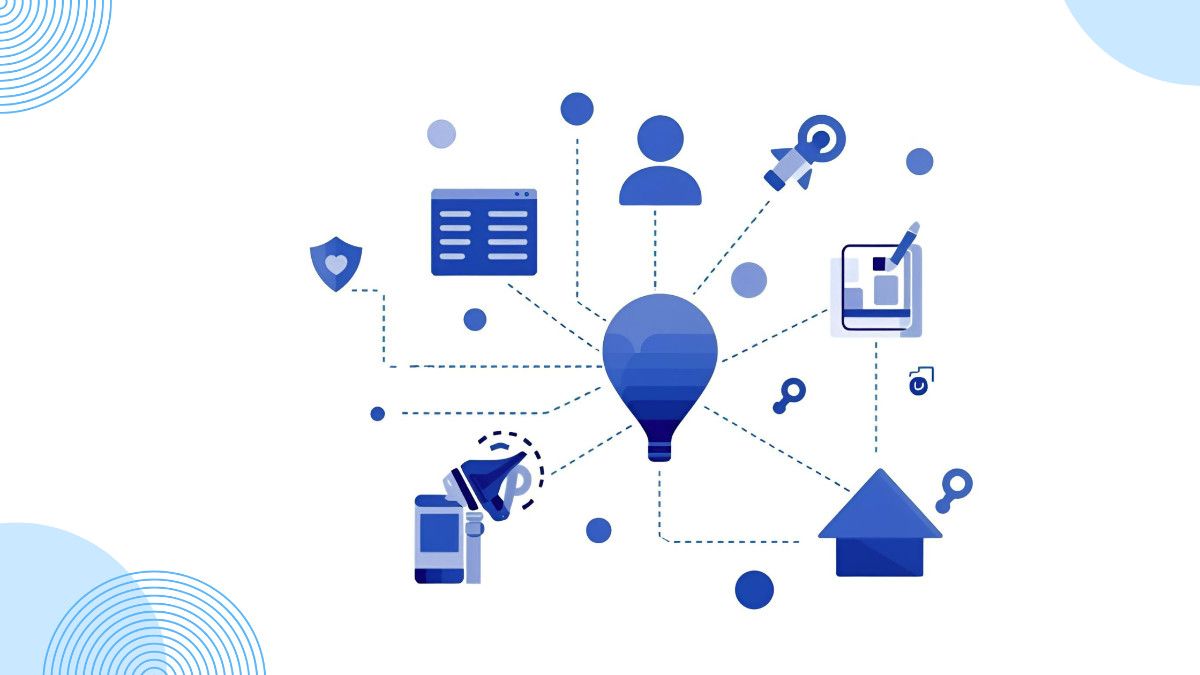10 Reasons To Go Digital With Your Communications

In today’s digital era, digital communications has become the cornerstone of alumni relations, with physical mail losing its effectiveness for several reasons:
1. Digital Dominance
In today’s world, digital channels like email, social media, and mobile apps have become the norm for communication. Physical mail now feels outdated and less convenient compared to the quick and accessible nature of digital platforms.
2. Instant Gratification
Digital communication offers instant updates and access, catering to the modern desire for real-time information. Alumni now prefer the immediacy of digital platforms, where they can receive updates at their convenience without waiting for physical mail.
3. Environmental Concerns
As sustainability becomes a priority, the environmental impact of physical mail, such as paper waste and carbon emissions from delivery, has raised concerns. Both individuals and organizations are prioritizing eco-friendly alternatives, such as digital communication, to reduce their carbon footprint.
4. Cost and Resource Efficiency
Physical mail entails costs for printing, postage, and logistics, making it more expensive compared to digital communication. Digital methods are cost-effective, allowing organizations to save resources and allocate them toward other valuable initiatives.
5. Limited Interactivity
Unlike digital platforms, physical mail lacks the ability to foster immediate, interactive engagement. Digital communication allows alumni to comment, share, and participate in discussions, helping build a stronger sense of community and active participation.
6. Decline in Open Rates
The open rates for physical mail have significantly decreased compared to email. While alumni can easily scan an email subject line and preview content, physical mail requires additional effort to open and read, resulting in lower engagement rates.
7. Data Tracking and Analytics
Digital communication offers valuable metrics like open rates, click-through rates, and engagement data, which allow organizations to refine their strategies. This data-driven approach is invaluable for understanding alumni preferences and optimizing future communication.
8. Preference for Digital Interaction
Younger alumni, who tend to be more engaged with alumni relations efforts, are more likely to prefer digital communication. They view digital platforms as more convenient, flexible, and aligned with their communication habits.
9. Mobility and Accessibility
Alumni are often on the move, and digital communication provides easy access from mobile devices like smartphones and tablets. Physical mail requires the recipient to be at a specific location to receive and engage with the content, which isn’t always feasible.
10. Limited Personalization
Digital channels allow for highly personalized communication tailored to individual alumni interests, engagement history, and demographics. Physical mail, in comparison, offers limited scope for personalization, reducing its relevance for today’s alumni.
Conclusion: Embrace the Digital Shift
With alumni increasingly turning to digital channels for interaction and engagement, it’s clear that traditional physical mail no longer meets the needs of modern alumni relations. By recognizing the growing digital preferences, ecological benefits, and cost efficiency, transitioning to digital communication is not just an option, but a necessity for effective alumni engagement.
Suggested Blogs
Let’s discuss the idea
Join hundreds of companies transforming their corporate communities with Almashines






